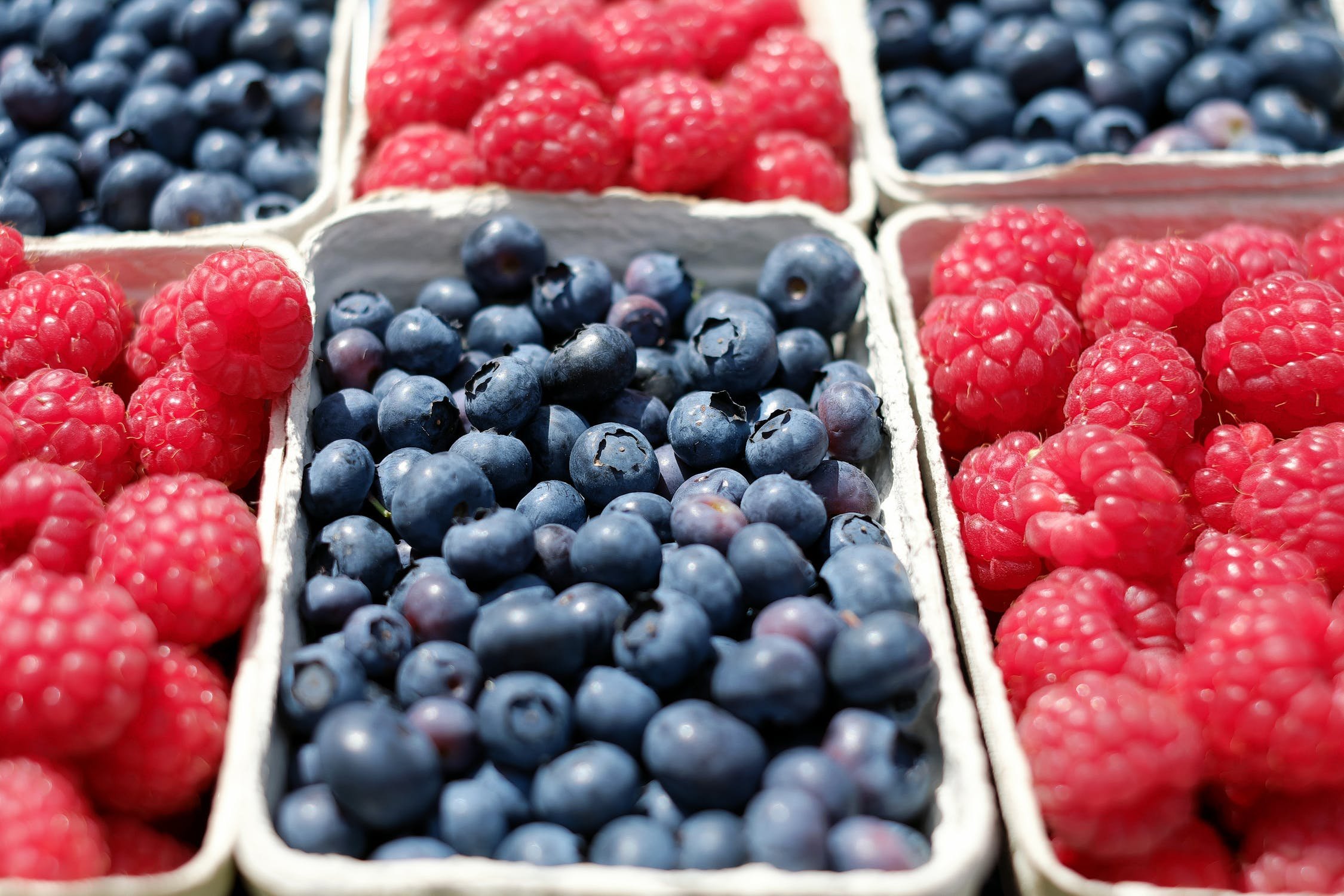Why Shop Local?
Photo by: Erik Scheel
What does it mean to shop local?
Shopping local is a movement to support local farmers and local businesses. These practices can have a positive impact on our local economies and our environment. When you buy from local farmers markets, restaurants, or shops your money is going directly to the members of your community who own these businesses. In regards to the environment, local farmers often practice more sustainable farming techniques which are less harmful to the environment. Also, the food you buy at a local market or shop is not traveling thousands of miles across the country in a truck. This food is often grown or produced only a few miles from you, so the effect of food transportation on the environment is minimized.
Photo By: Daria Shevtsova
Buying Produce in Season
When shopping local you may not have the same options year-round as you would at a grocery store. Your fruit and vegetable choices will depend on what the farmers are best able to grow in that particular season, based on weather and other factors. While your options may be more limited, produce grown in season is likely the perfect ripeness, fresher, and often more nutritious!
Additionally, when buying produce that is in season you may be able to save some money! When you see out-of-season produce in the grocery store, these fruits and vegetables are coming from other states or countries, so the price may be higher on these products compared to when they are in season. My recommendation is to visit your local farmers market and choose some fruits and veggies that you may not always pick up at the grocery store! Eating a variety of types and colors of fruits and veggies can help you meet your nutrient needs and you may even discover a new favorite!
Photo by: Pixabay
Below is a brief list of some of the produce that is in season during each season.
Examples of Produce in Season:
*Note: This is a broad list for the United States. Fruits/vegetables in season in your state may vary each season.
Summer:
Carrots
Berries (blackberries, strawberries, blueberries, raspberries)
Cantaloupe
Cucumbers
Watermelon
Zucchini
Peaches
Fall:
Cauliflower
Apples
Pumpkin
Lettuce
Grapes
Spinach
Sweet Potatoes
Winter:
Avocados
Brussel Sprouts
Grapefruit
Oranges
Cabbage
Turnips
Winter Squash
Spring:
Mushrooms
Spinach
Kale
Broccoli
Bananas
Apricots
Strawberries
Resources:
Seasonal produce guide. SNAP Education Connection. https://snaped.fns.usda.gov/seasonal-produce-guide. Accessed February 3, 2022.




